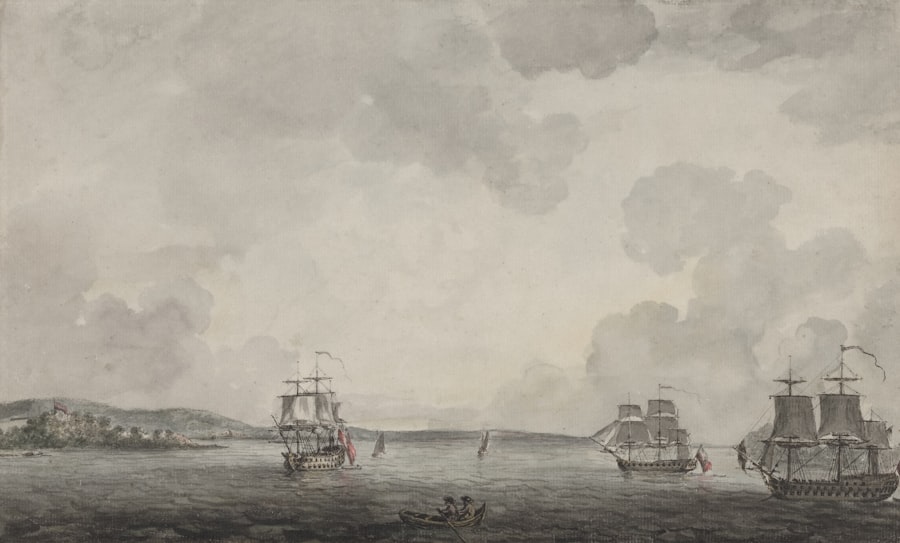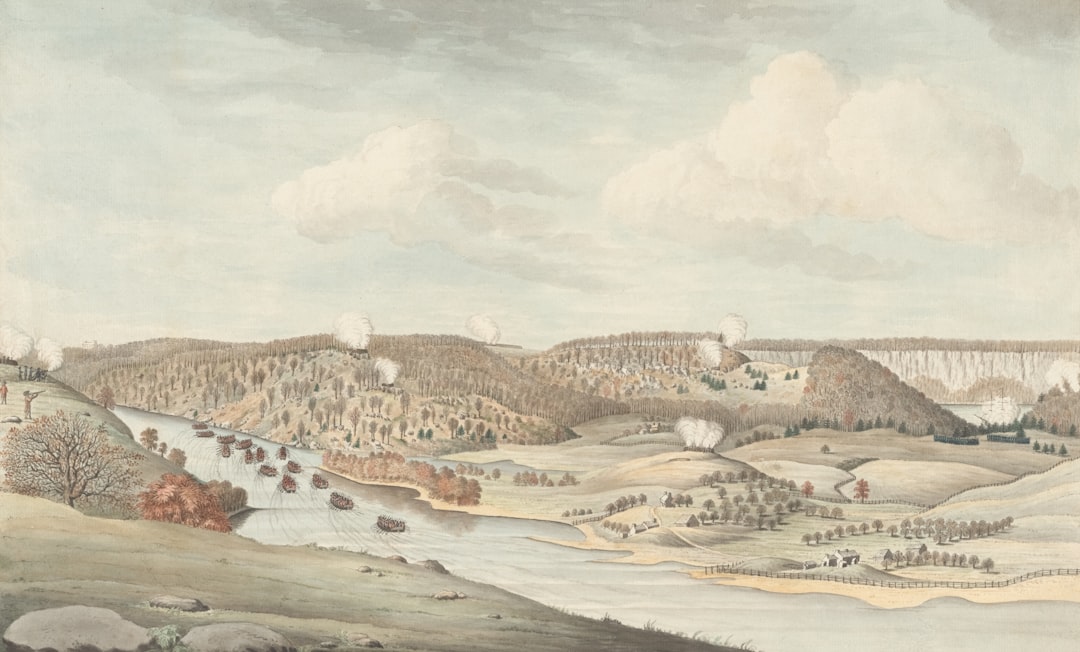Godzilla, the iconic monster that first stomped onto the silver screen in 1954, has transcended its cinematic origins to become a multifaceted cultural phenomenon. While many fans are familiar with the films, the world of Godzilla comics offers a rich tapestry of stories that expand upon the lore and mythology of this legendary creature. These comics not only provide thrilling narratives but also delve into the complexities of Godzilla’s character, exploring themes of destruction, humanity, and environmentalism.
As you turn the pages of these graphic novels, you find yourself immersed in a universe where the King of the Monsters reigns supreme, battling foes both monstrous and human. The allure of Godzilla comics lies in their ability to capture the essence of the character while allowing for creative freedom. Writers and artists have taken the liberty to reinterpret Godzilla’s story, introducing new characters, settings, and conflicts that challenge the status quo.
This dynamic medium serves as a bridge between generations of fans, inviting both newcomers and long-time enthusiasts to engage with Godzilla in fresh and exciting ways. As you explore this world, you will discover how these comics have not only contributed to Godzilla’s legacy but have also shaped the broader landscape of comic book storytelling.
Key Takeaways
- Godzilla comics have been a popular medium for fans to explore the iconic monster’s adventures and battles.
- The evolution of Godzilla in comics has seen the character take on various forms and storylines, reflecting the changing interests of fans and the franchise.
- Expanded universes in Godzilla comics have allowed for the exploration of new characters, monsters, and storylines beyond the traditional Godzilla narrative.
- Collaborations and crossovers in Godzilla comics have brought together the iconic monster with other popular characters, creating unique and exciting storylines.
- Godzilla comics have had a significant impact on the franchise, influencing the portrayal of the character in other media and expanding the lore of the Godzilla universe.
The Evolution of Godzilla in Comics
The journey of Godzilla in comics began in the early 1970s with the release of “Godzilla” by Marvel Comics. This series marked a significant departure from the original films, presenting Godzilla as a misunderstood creature rather than a mere force of destruction. As you delve into these early issues, you can see how writers like Doug Moench and artists such as Herb Trimpe sought to humanize Godzilla, portraying him as a tragic figure caught in a world that fears him.
This evolution set the stage for future interpretations, allowing for a more nuanced exploration of his character. As time progressed, various publishers took their turn at bringing Godzilla to life on the comic page. From Dark Horse Comics to IDW Publishing, each iteration offered a unique perspective on the monster’s legacy.
You might find it fascinating how these different publishers experimented with tone and style, ranging from horror-infused narratives to more lighthearted adventures. This evolution reflects not only changes in storytelling techniques but also shifts in societal attitudes toward monsters and their roles in our lives. The Godzilla comics have become a mirror, reflecting our fears and hopes through the lens of this colossal creature.
Exploring Expanded Universes in Godzilla Comics

One of the most captivating aspects of Godzilla comics is their ability to create expansive universes that intertwine with other beloved franchises. As you explore these narratives, you will encounter a plethora of characters and settings that enrich the Godzilla mythos. The concept of an expanded universe allows for cross-pollination between different stories, creating a vibrant tapestry where Godzilla interacts with other iconic monsters and heroes.
This interconnectedness not only enhances the storytelling but also invites readers to engage with a broader narrative landscape. In these expanded universes, you may find Godzilla facing off against classic kaiju like Mothra and King Ghidorah or even teaming up with unlikely allies from other comic series. The possibilities are endless, and this creative freedom has led to some truly memorable moments in comic history.
As you navigate through these stories, you will appreciate how they challenge traditional notions of heroism and villainy, often blurring the lines between good and evil. The expanded universes serve as a playground for imagination, allowing writers to push boundaries and explore new dimensions of storytelling.
Collaborations and Crossovers in Godzilla Comics
| Comic Series | Number of Collaborations | Crossover Events |
|---|---|---|
| Godzilla: King of the Monsters | 5 | Godzilla vs. The Avengers |
| Godzilla: Rulers of Earth | 7 | Godzilla vs. Transformers |
| Godzilla in Hell | 3 | Godzilla vs. Ghostbusters |
Collaboration is at the heart of many successful comic book series, and Godzilla is no exception. The King of the Monsters has crossed paths with various characters from different franchises, resulting in thrilling team-ups and epic battles that captivate readers. You might recall iconic crossovers like “Godzilla vs.
Power Rangers,” where the two worlds collide in an explosive showdown that showcases both franchises’ strengths. These collaborations not only provide entertainment but also highlight the versatility of Godzilla as a character who can adapt to different narratives. The appeal of crossovers lies in their ability to bring together diverse fan bases, creating a shared experience that transcends individual franchises.
As you read through these collaborative efforts, you will notice how they often play with themes of teamwork and conflict resolution. Characters from different backgrounds must learn to work together or confront their differences, mirroring real-world challenges. This dynamic adds depth to the stories while allowing fans to see their favorite characters interact in unexpected ways.
Impact of Godzilla Comics on the Franchise
The influence of Godzilla comics on the franchise cannot be overstated. They have played a crucial role in shaping public perception of the character and expanding his narrative possibilities. As you reflect on this impact, consider how these comics have introduced new generations to Godzilla’s world, fostering a sense of nostalgia while also appealing to contemporary audiences.
The stories told within these pages have helped solidify Godzilla’s status as a cultural icon, ensuring that his legacy endures through time. Moreover, Godzilla comics have contributed significantly to the franchise’s overall mythology. They have explored themes such as environmentalism, nuclear anxiety, and humanity’s relationship with nature—issues that resonate deeply with readers today.
By addressing these topics through engaging narratives, the comics have elevated Godzilla from a mere monster movie character to a symbol of societal reflection. As you engage with these stories, you will find yourself contemplating not just the fate of Godzilla but also the broader implications of his existence within our world.
Art and Design in Godzilla Comics

The visual aspect of Godzilla comics is as vital as the storytelling itself. Artists have brought their unique styles to depict the awe-inspiring scale and ferocity of Godzilla, creating breathtaking illustrations that capture the imagination. You may find it fascinating how different artists interpret Godzilla’s design—some opting for a more traditional look reminiscent of classic films while others experiment with modern aesthetics that push boundaries.
This diversity in artistic expression adds layers to the reading experience, allowing you to appreciate not just the narrative but also the visual storytelling. The design choices made by artists also play a significant role in conveying emotions and themes within the stories. For instance, darker color palettes may evoke feelings of dread during intense battle scenes, while brighter hues can highlight moments of triumph or camaraderie among characters.
As you immerse yourself in these comics, pay attention to how art complements narrative elements, enhancing your understanding of character motivations and plot developments. The synergy between art and storytelling is what makes Godzilla comics a truly immersive experience.
The Role of Godzilla Comics in Pop Culture
Godzilla comics have carved out a significant niche within pop culture, influencing not only comic book enthusiasts but also filmmakers, musicians, and artists across various mediums. You might be surprised to learn how these comics have inspired countless adaptations and references in other forms of media. From animated series to video games, the impact of Godzilla comics extends far beyond their pages, shaping how audiences perceive this legendary monster.
Moreover, Godzilla’s presence in comics has contributed to discussions about representation and diversity within pop culture. As you explore these narratives, you’ll notice an increasing emphasis on inclusivity—whether through diverse characters or storylines that resonate with contemporary social issues. This evolution reflects broader trends within the industry and society at large, making Godzilla comics not just entertaining but also relevant in today’s cultural landscape.
Future of Godzilla Comics
As you look ahead to the future of Godzilla comics, there is much to be excited about.
With advancements in technology and storytelling techniques, you can anticipate innovative approaches that push the boundaries of what is possible within comic book narratives.
Additionally, collaborations with emerging creators may lead to groundbreaking interpretations that resonate with younger audiences while honoring the franchise’s rich history. As you engage with upcoming releases, keep an eye out for new voices that bring unique experiences and viewpoints to the table. The future of Godzilla comics promises to be as dynamic and thrilling as its past—an ever-evolving journey that invites you to join in on the adventure.
In conclusion, Godzilla comics represent a vibrant extension of a cultural icon that has captivated audiences for decades. Through their evolution, expanded universes, collaborations, and artistic expression, these comics have enriched our understanding of Godzilla while leaving an indelible mark on pop culture. As you continue your exploration of this fascinating world, remember that each story adds another layer to the legacy of the King of the Monsters—a legacy that is far from over.
If you’re a fan of Godzilla comic books and their expanded stories, you may be interested in reading “A Clash of Titans: Is Godzilla More Powerful Than Superman?” This article explores the power and abilities of both iconic characters and delves into the debate of who would come out on top in a battle. Check it out here.
FAQs
What are Godzilla comic books?
Godzilla comic books are a series of publications that feature the iconic Japanese monster, Godzilla, in various storylines and adventures. These comics are typically produced by different publishers and feature different creative teams.
What are the expanded stories in Godzilla comic books?
The expanded stories in Godzilla comic books refer to the additional narratives and adventures that are not depicted in the original Godzilla films. These stories often explore new characters, settings, and conflicts within the Godzilla universe.
Which publishers produce Godzilla comic books?
Several publishers have produced Godzilla comic books over the years, including IDW Publishing, Dark Horse Comics, and Marvel Comics. Each publisher has contributed to the expansion of Godzilla’s mythology through their respective comic book series.
Are Godzilla comic books considered canon in the Godzilla universe?
The canonicity of Godzilla comic books is often debated among fans and scholars. While some stories may align with the established Godzilla film canon, others may diverge or offer alternative interpretations of the character and its world.
Do Godzilla comic books feature crossovers with other characters or franchises?
Yes, Godzilla comic books have featured crossovers with various characters and franchises from popular culture. These crossovers often result in unique and unexpected collaborations between Godzilla and other iconic characters from different fictional universes.
